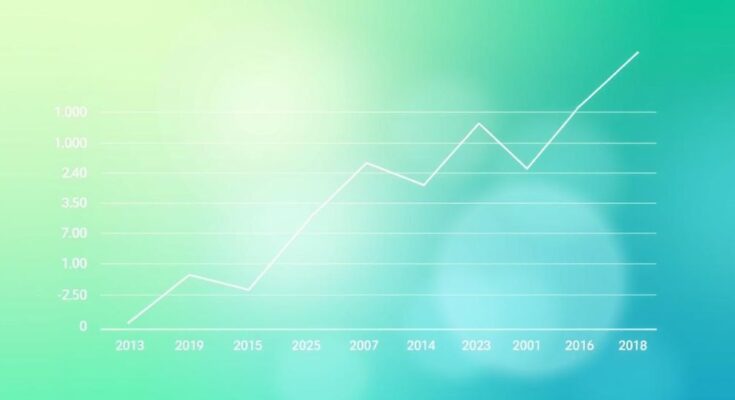In February, Argentina’s inflation rose to 2.4%, consistent with analyst expectations, marking an increase from January’s 2.2%. Annual inflation dropped to 66.9%, down from 84.5%. President Javier Milei’s government continues efforts to control inflation amid ongoing austerity measures. Analysts anticipate further improvement, projecting inflation may reach 23.3% by the close of 2025.
Argentina’s inflation rate experienced a slight increase in February, rising to 2.4%, as reported by the INDEC statistics agency. This figure aligns with analyst predictions and represents a rise from the 2.2% recorded in January.
Over a 12-month period, inflation reached 66.9%, which reflects a decrease from January’s inflation rate of 84.5%. Although this figure exceeds analyst expectations, it highlights the gradual improvement in Argentina’s economic situation under the government of President Javier Milei.
President Milei’s administration has been committed to controlling inflation, which, while showing progress from extreme high rates, has stagnated around 2% to 3% over recent months. His government’s implementation of stringent austerity measures has led to widespread protests, but plans are underway to relax capital controls.
Inflation in Argentina, which approached 300% early last year, has significantly improved and now rests in double digits. Analysts predict that by the end of 2025, inflation may further decline to an estimated 23.3%.
In summary, while February’s inflation rate increased slightly to 2.4%, Argentina continues to see a decline from last year’s extreme inflation levels. President Javier Milei’s administration has made headway in curbing rampant inflation through austere measures, despite ongoing economic challenges and civil unrest. Future projections suggest continued improvement in the inflation rate, with analaysts forecasting it may decrease to 23.3% by the end of 2025.
Original Source: www.tradingview.com




